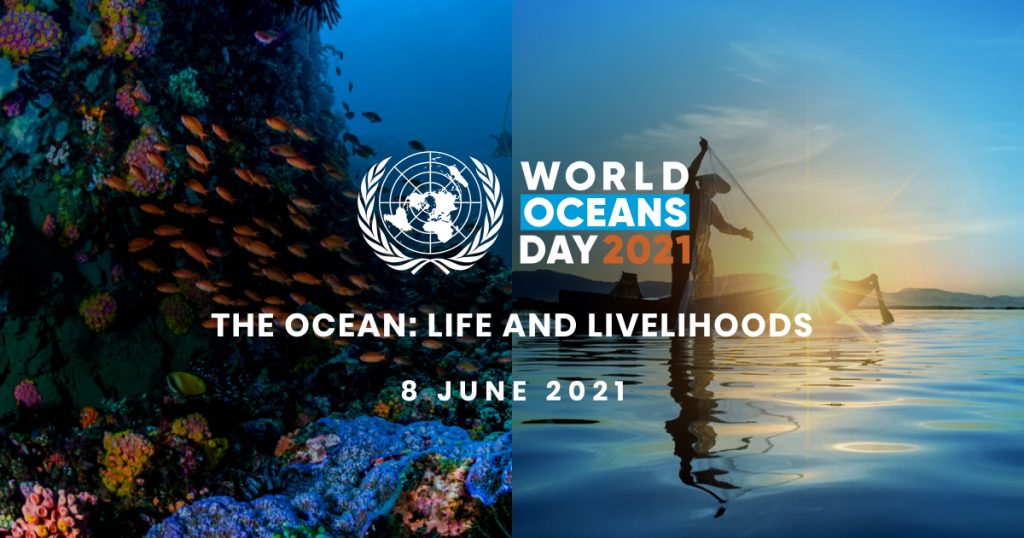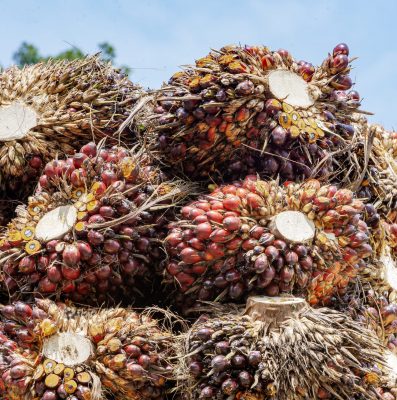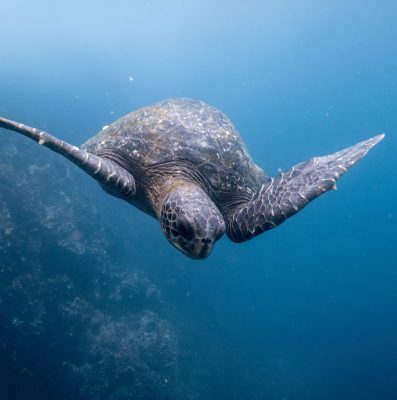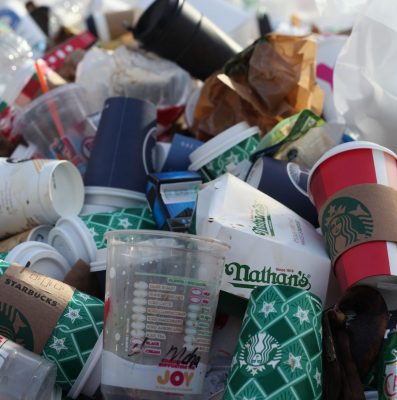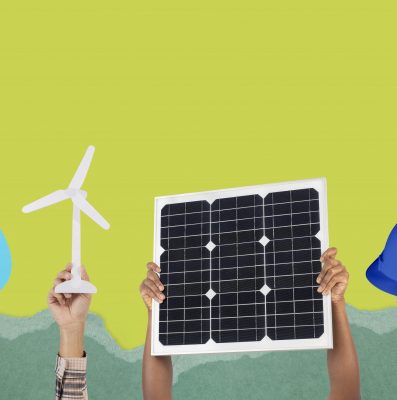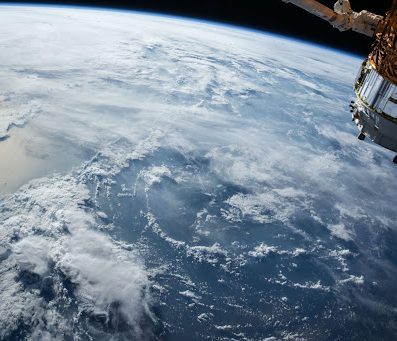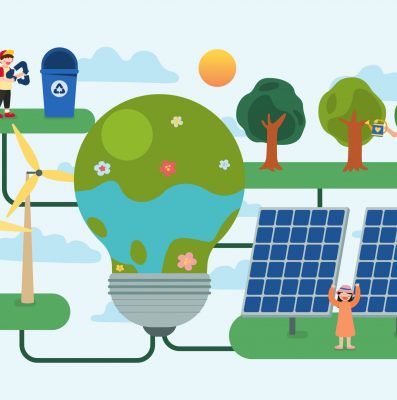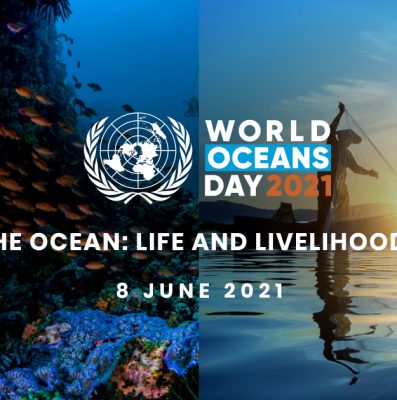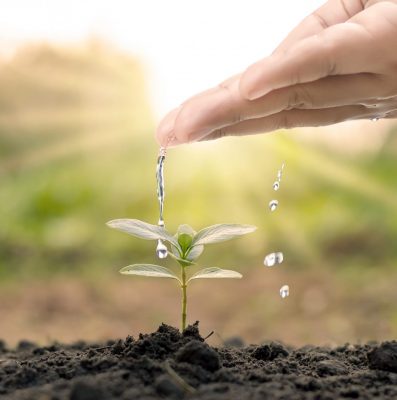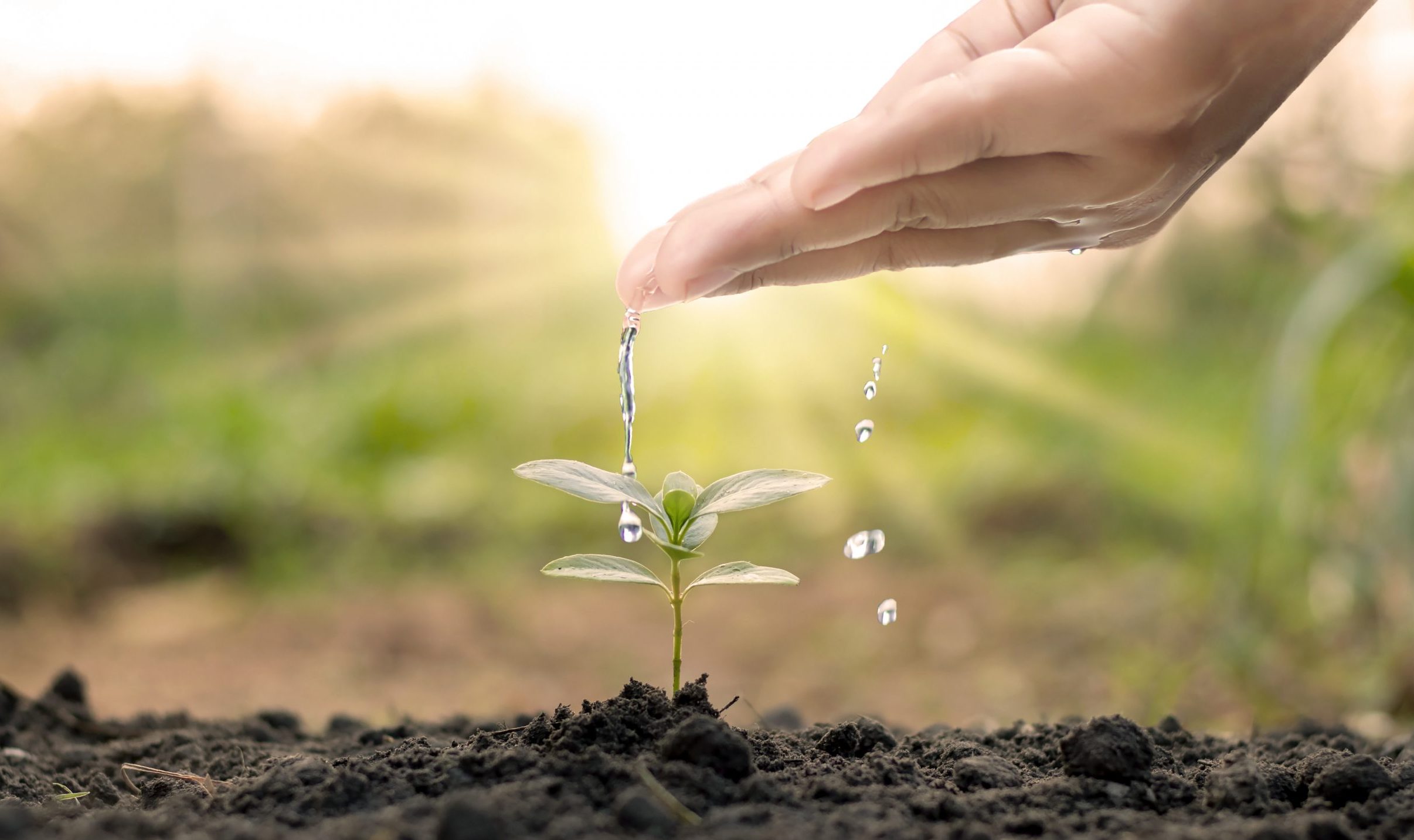Credits: United Nations World Oceans Day
(https://unworldoceansday.org/)
World Oceans Day is observed globally annually on the eighth of June as proposed by Canada’s International Centre for Ocean Development and the Ocean Institute of Canada at the Earth Summit in Rio de Janeiro, Brazil, back in 1992.¹ It is understood that the day is celebrated to raise awareness to the public of human actions that impact the ocean as well as developing a worldwide movement for sustainable management of the world’s oceans in order to protect them from further deterioration. The key for this day’s celebration is to highlight the significant connection between the ocean and humans along with their crucial roles in the functioning of the planet.
It is noteworthy to know that the day holds a valuable significance since the ocean is home to most of the earth’s biodiversity with it covering nearly 70 percent of the earth’s surface and also acting as a source that provides approximately 50 percent of the earth’s oxygen. That could only mean that balance and connection that remains inclusive, innovative, and useful must be upheld even more urgently and seriously by humans in order to preserve the life inside it.
With the world in the wake of the COVID-19 pandemic, this year’s theme for World Oceans Day has been declared as “The Ocean: Life and Livelihoods” to focus on the life and livelihood that the ocean sustains. As the world is already very much divided due to limitations for physical interactions, Oceanic Global has decided to host all of this year’s events in celebration of World Oceans Day virtually and open to the public as the second virtual event ever since the pandemic started.
To take part in World Oceans Day, one can celebrate by doing several things that help in protecting the oceans. Firstly, observe the 4R’s that include reuse, reduce, recycle, and refuse. Second, be very mindful of our carbon footprints by reducing energy consumption. This could be choosing to open the window for fresh air rather than turning on the air conditioner or switching to compact fluorescent light bulbs. Third, use plastic as rarely as possible. According to an article written for the International Union for Conservation of Nature, at least eight million tons of plastic end up in the oceans annually, making up to 80% of all marine debris from surface waters to deep-sea sediments.² Doing our part in reducing plastic consumption could directly reduce the number of plastic wastes overflowing in the oceans. Fourth, be an influencer! In a modern era where technology is the most common tool used for communication and propaganda, we can take advantage of it for gaining the attention of the public to care more about the oceans by being responsible with our choices from daily consumption to others that make up our lifestyle.
There are many things we can do to create a positive change for the oceans with a scale that ranges from small steps such as dedicating our lives to a healthy lifestyle and positive consumption to bigger ones such as supporting or creating organizations that support the protection of oceans. Every step of the way in life we are left with choices to make, so be sure to choose wisely.
References:
- “Brief History”. What is World Oceans Day? Published by the United Nations World Oceans Day. https://unworldoceansday.org/about/
- “Marine Plastics”. Published by the International Union for Conservation of Nature. https://www.iucn.org/resources/issues-briefs/marine-plastics


